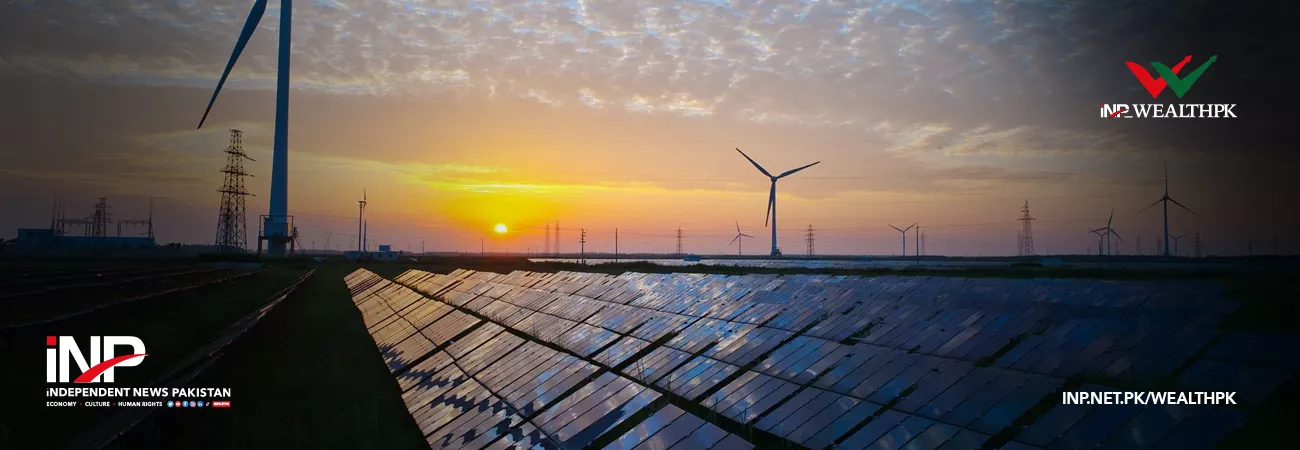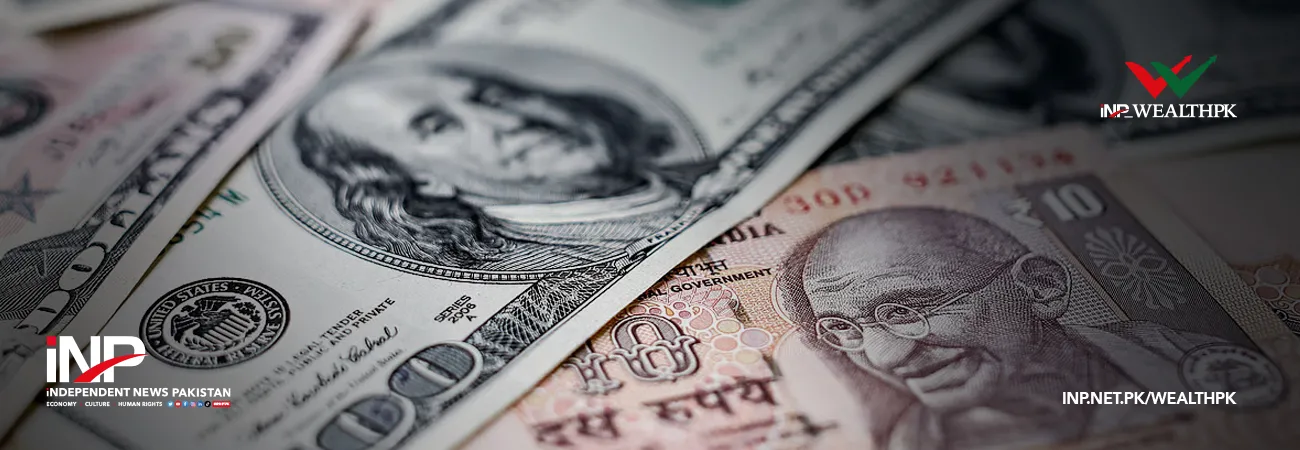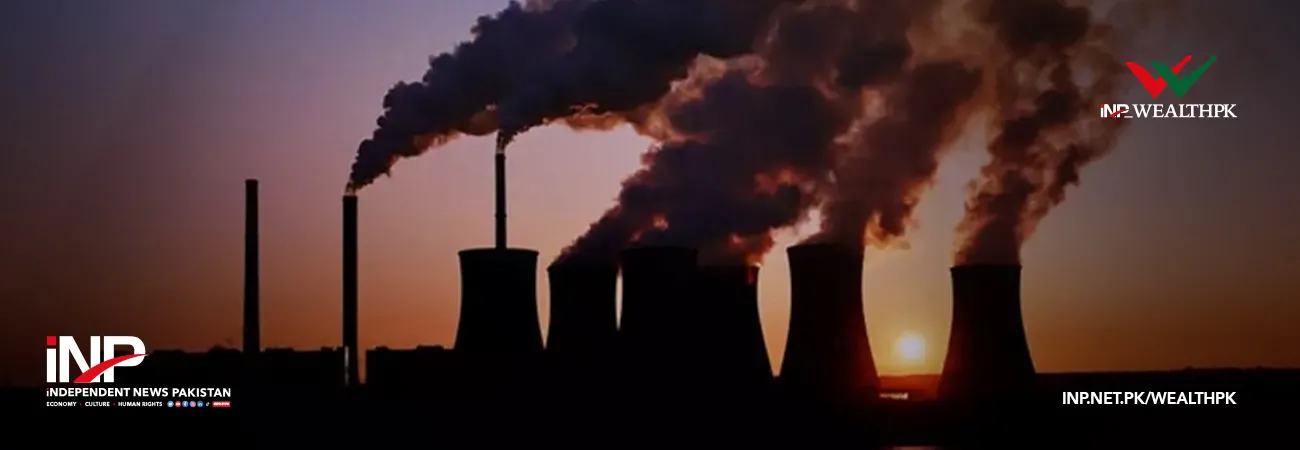INP-WealthPk
Mansoor Sadiq
Experts have urged the authorities concerned to take advantage of the renewable energy potential of solar, wind and hydro to steer Pakistan out of the prevailing energy crises with a green and clean approach. They told WealthPK that Pakistan is facing energy crises despite having abundant resources and bounties of nature. A cohesive mechanism between small and medium enterprises (SMEs) and solar power entities is needed to fully explore the opportunities with the assistance of the government. SMEs are considered the backbone of the economy while cheap sources of energy are vital for the effective growth of these enterprises.
SMEs have great potential for the promotion of solar energy. As per reports of the Pakistan Council of Renewable Energy Technology, amidst increasing population and expanding industries infrastructure, the country’s energy requirements are likely to raise eight times in 2030. To contain the growing energy demands of the country, solar energy is the least expensive source of power generation as various parts of Pakistan have sufficient sunshine around the year. Abundant electricity can be generated through photovoltaic solar panels to meet domestic needs.
The Water and Power Development Authority (WAPDA) gives a subsidy of Rs350 billion annually to consumers in the country. If only 30% of this annual subsidy is spent on the installation of solar panels, at least 70% of the country’s population can be shifted to solar energy in the next few years. Demand for solar power for domestic and agricultural purposes in rural and urban areas is rising with each passing day.
Installation of solar panels needs the government’s support. As per the data of the Alternate Energy Development Board (AEDB), the government is striving to add more electricity to the national transmission system through clean and green renewable energy sources with minimum dependence on coal and imported oil for electricity generation. Shiraz Anwar Khan, a senior official of AEDB, told WealthPK that the government was working on indigenous resources instead of imported fuels. “No new coal and gas projects are being designed for the coming years and focus is being laid on hydropower projects and renewable energy projects,” he added.
He said that although Pakistan has less contribution to carbon emissions, it is the most affected country in terms of the effects of climate change. Energy crises in Pakistan are becoming critical due to the rising population and growing industrialisation as the country is solely dependent on hydropower generation. The expert said that the current energy shortfall in Pakistan manifests the importance of renewable energy. “Being the least expensive, solar energy is being used in the modern world,” he added. Statistics show that 27% of electricity in Pakistan is generated through water and 30% through gas while 7% is generated through nuclear sources.
The ratio of renewable energy from solar projects is 5 to 6%. AEDB reports regarding solar power generation show that the government is going to decrease electricity generation through coal power plants and coal technology from 30% to 17% in the coming years. The government has planned to increase the generation of renewable energy by 61% in 2030. “Realising the gravity of situation, the government in August 2022 announced National Solar Energy Initiative to add 9,000 megawatts of solar energy to the national grid,” said AEDB Director Shiraz Anwar Khan.
He added that under the initiative, the government waived all respective import duties along with giving tax incentives to importers. The government also announced 14,000MW solar power projects following the rise of fuel costs in the global market. Pakistan has also vowed to produce 60% of electricity through renewable sources by 2030 with a major share of solar energy. “Renewable solar energy proves its importance for small and medium enterprises in Pakistan as rising electricity costs have burdened small business entities,” Asghar Nasar, an office-bearer of the Small and Medium Enterprises Authority in Rawalpindi, told WealthPK.
He said that solar energy will prove highly beneficial for SMEs to grow and expand their scope. SMEs could also effectively participate in the value chain for manufacturing, installation and maintenance of solar panels. Manufacturers of solar panels believe that the future of solar energy in Pakistan is bright. Pakistan has huge potential for solar energy because of its proximity to the equator. The country receives 4,500 hours of electricity every year. Under China-Pakistan Economic Corridor (CPEC), various energy projects have been initiated and others are in the pipeline in the renewable energy sector. Quaid-i-Azam Solar Power Park in Bahawalpur has been made operational with Chinese assistance and expertise.
Six solar power projects with a capacity of 430 megawatts have achieved commercial operation date (COD) and are supplying electricity to the national grid including 400 megawatts Quaid-i-Azam Solar Power Park in Bahawalpur. Four projects with 250 megawatts of capacity will be completed in 2022 in Layyah and Sukkur while 31 megawatts projects will be completed in Pind Dadan Khan and Bahawalnagar. “A cohesive mechanism between the SMEs and solar power entities is needed to fully explore the solar power generation opportunities with the assistance of the government,” Asghar Nasar told WealthPK.
Credit : Independent News Pakistan-WealthPk










